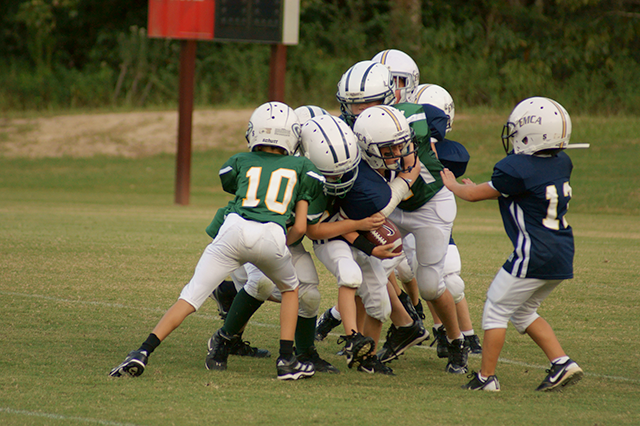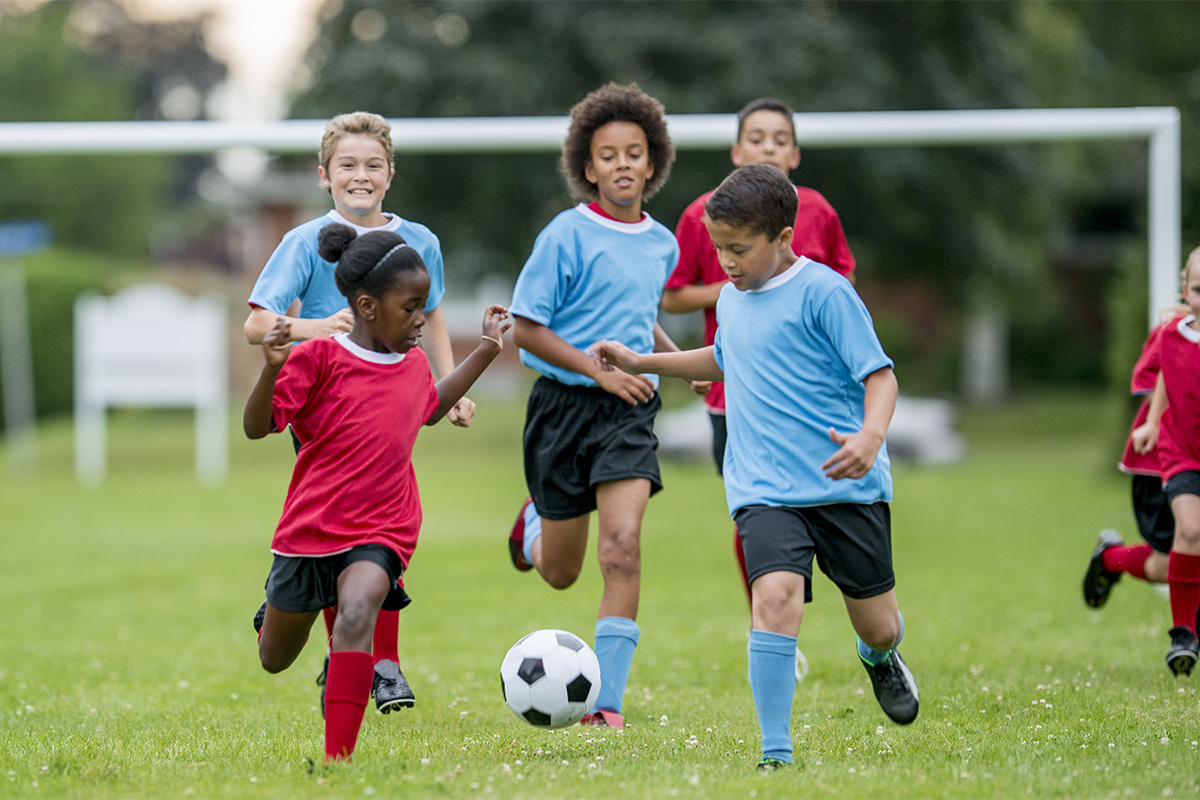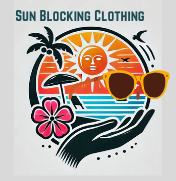How do Young Athletes And Summer Heat get along? Is the sports program you youngster plays in active for heat safety?

Young Athletes And Summer Heat can be challenging. Your youngster often pushes him or herself beyond the safe limits. In our part of Texas, you can find yourself overheated very easily.
Like just now when I went to the grocery store and punched the wrong button on the control for the AC in the car! In the first place I could stop, I did and gave locating the correct button switch my complete attention! We are having a long string of 100-plus temperature days.
The All-Star part of the year is just now over here in my part of central Texas. The days keep topping out at 103* give or take a degree or two. The sun is beating down. It has been a season with heat challenges. Last night at 9:00 PM the temperature was still 91*F. Young Athletes playing in that kind of heat can find it difficult as it is humid as well as hot.
Your efforts at keeping young athletes safe in extreme heat can become a challenge. Indianapolis EMS Medical Director Mark Liao helps us understand more about how to keep young athletes safe when it gets so hot.
Dr. Liao tells us that it takes about 14 days to be fully acclimatized to the heat. When an area has a sudden heat wave there just isn’t time to adjust and get trained for the heat. He says that this leaves many young athletes behind with their hydration for starters.
The weather changes how their body will react when to the demands of exercise and the stress sport will put on the athlete. Many people underestimate the toll the heat can have on the younger player.
Organized Sports Call For Training
Yes, they may be kids who can run and play endlessly. Team sports is another kind of exercise that calls for the youngster to train and grow their endurance, power, and strength. The heat wave does not give the athlete the opportunity to train ahead.
Dr. Liao points out that the lack of preparation for extreme heat leaves room for more risks of heat-related issues.
- Heat injuries usually start with heat cramps. These can be painful spasming of large muscles: The kind that usually means the person is no longer caught up on electrolytes or fluids.
- Heat exhaustion where athletes feel unwell and nauseous.
Anyone who has watched any level of sports on TV understands the symptoms that are occurring, and that heat-related issues can sideline a young athlete.
- Heat Stroke is an extreme level of heat impairment for anyone, especially our young athletes.
- This stage of heat-related illnesses happens when the body is so hot it can not compensate any longer.
- When their body can no longer cool itself enough with sweat, your young athlete is in serious trouble.
Our body has a natural cooling system, known as sweat. Through sweating, you are pulling heat from the internal body to the outer body and the sweat will cool the skin.
This works well as long as the body can sweat, and the sweat evaporates.
When your young athlete reaches the point he/she can’t sweat anymore because there is not enough fluid in their system to create sweat he/she needs medical help.
If the air is so humid that the sweat won’t dry and allow this natural cooling system to do its job, your young athlete will be in trouble even sooner. Again, this is serious and medical help is needed.
Systems Should Be In Place To Help Your Young Athlete
The extreme heat situation is a heat stroke. At this point, the youngsters are in the danger zone where serious conditions can develop if the athlete is not treated.
Treating on the location :
- Sitting still or lying in the shade, or another cool place like a vehicle with the AC running.
- Removing any excess clothing, including all equipment. Loosen any tight-fitting belts or bands or collars.
- Offering and encouraging cool and cold water, sports drinks, avoid caffeine drinks.
- Placing feet in cool water.
- Bathing the player in cool towels under the arms, back of the neck, arms, and legs. Head and face as well.
The patient should respond in less than 30 minutes, if not call EMS.
Chills are a symptom as well and do not mean the young athlete is cold. Actually, this is quite the opposite for cool or cold.
Coaches and supervisors will know how to help your child. However, with all the other things going on, they may not be aware of the time. Parents should pay attention, be available and monitor all their young athlete’s reactions to efforts to cool their body temperature.
These kids are young, and may not know what should be done.
Heat Illnesses Are Serious And Need Attention.
Remember that a heat stroke is an extreme situation. Because our young athletes are still young, their system does not always handle heat well, even when not extreme. This makes the extreme heat dangerous.
With a heat stroke, youngsters can slip into brain damage, kidney damage, or heart issues area if cooling and lowering their internal temperature do not happen. Yes, the same injuries of high fever from infection or illness can cause lingering and fatal damage from heat stroke.
This is why it is important that your young athlete knows how to tell his coach when something isn’t right.
The intent of this information is to make you understand why preparation and avoiding heat-related illnesses is important.
Make sure your young athlete understands the importance of sipping more water the day before the sports event and getting themselves ready for the stress of the competition.
Drinking enough water before game time to help their bodies be able to cool themselves is important.

Young Athletes and Protecting Their Skin From The Sun With Clothing
Protecting your young atlhalete from the sun and the risk of sunburn will help keep him/her safe for competition and the stress of extra heat.
If your youngster gets a sunburn, he/she will be further endangering their ability to cool while playing sports in hot weather.
When our skin gets sunburned., it is producing heat, not helping cool.
A face and neck sunburn can be prevented if your young athlete wears a sun-blocking hat and sunglasses. I’m not suggesting a sun hat during the game. However, unless there is a safety issue, sunglasses are important to protect the young athletes’ eyes.
Staying safe from the sun during their normal days that involve sun exposure. Being aware of sun dangers at home in the yard, on the playing field, or during a family theme park visit is important.
It is easy, to stay safer when you are wearing sun protection. When you have to remember to apply sunscreen, it is often not applied correctly:
- Get enough sunscreen on when your skin is sweaty.
- Try to keep enough sunscreen on your face, and reapply often.
- Do try to keep sunscreen on your face. Not only are you protecting your skin from sunburn, but there is also the aging that is happening from UVA.
- Sunscreen is expensive. Even though it is supposed to last a good while, our natural tendency to rub our face or forehead, or neck makes it difficult for sunscreen alone. Sun blocking clothing makes this work better.
Equipment And Heat
For some sports, these young athletes put 15 to 20 pounds of equipment on.
Part of the equipment includes helmets and face masks. Whenever you have heavy equipment, pads, or whatever is needed, your body is not going to perspire as easily as it needs to. This will allow your young athlete to get a lot warmer. Hotter and quickly.
This is why we need to have on-site trained coaches to be ready to spot emergencies. With coaches and staff who are properly trained in spotting heat-related illnesses and other general safety needs, a difference can be made for our young athletes.
A trained staff is important as kids are not always vocal in saying they need breaks or something is wrong. Often it is because they are not comfortable admitting that they are unwell. They want to stick it out and hang in there.
Having parents to watch and help can fill the void of too few staff members.
Young Athletes Are Resilient
As a whole, kids are extremely resilient. Especially young athletes. This makes it very important for us to pay attention to how these youngsters participate. Help them slow down to allow their bodies a break.
If temperatures get to the 102 and up and there is no breeze to cool the sweat? Coaches should slow down the activity and insist that breaks for hydration ate taken often. Shade time is important to take a break from the sun just beating down.
If possible, work out ways to reschedule practice or games to earlier or later times. This will allow young athletes to play and practice out of the hotter times.
Is It Too Hot For Young Athletes?
Does it get too hot for youth sports? As a grandparent, naturally I say yes!
However, I was checking out Dr. Liao’s recommendations for Indiana. Now, I know that is not Texas, but his other suggestions made sense to me, so thought this one did too. I am only offering my opinion to give you a place to kick up your awareness for keeping your young athlete safe.
If the temperature is 105* F or higher is too dangerous for continuing play. If it is extremely humid, 102* is when to stop all play.
This is the point for games and practices to be postponed or canceled altogether.
- Hot, dry weather can be extremely dangerous. Sweat evaporates very quickly in such conditions, your young athlete may not feel sweaty. You nor your child may recognize how much water he or she has lost.
- If the relative humidity gets higher, sweating is less effective for cooling the body.
- In high relative humidity, sweat just drips off the skin. It isn’t being cooled and evaporating to allow natural cooling. This can result in higher body temperatures and a build-up of body heat.
Keeping a sun blocking umbrella, or pop-up can offer cooling for your young athletes. Just remember, these are more effective when there is room for air around. They need room to catch breezes.
Being prepared on super hot days with coolers for cold water can keep the family who is attending more comfortable. Protect the young athletes’ families with sun blocking hats, sunglasses, and loose-fitting long sleeve shirts of tightly-woven fabric.
Covering the skin is the easiest and most effective way to protect skin from the sun.

Sami’s Take On Young Athletes and Summer Heat
I am learning more about the whole business of protecting ourselves and our families from the sun. I realize that it takes some planning. And that it is time to start saving empty milk cartons to freeze ice in!
Did you or your family do that to have ice to take in the cooler to keep water cold? And no, we didn’t have individual bottles of water either. Water usually went into glass canning jars.
However, I am sorry to say that I was not always that prepared for practice when getting kids to practice. We did more practicing in the late afternoons with games usually later as well, unless all-star time.
Snowcones were good and appreciated from the refreshment stand.
Yes, thank goodness, times have changed. However, with crushed ice now selling at $2.50 for a 7# bag, freezing our own ice in the freezer is sounding good. By planning ahead, you can do it!
Keeping our families safe and hydrated in the sun does require planning and being prepared. Awareness is important. I hope some of the suggestions here will help you and your family enjoy more safe fun in the sun days.
